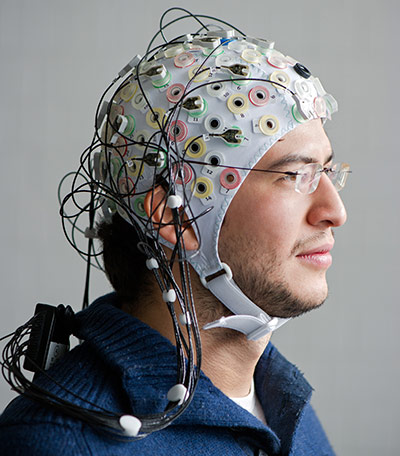Samsung’s new app is attempting to help children with autism improve their ability to make eye contact and enhance their overall social skills through a series of daily games and tests.
While many new apps have focused on getting users addicted to new versions of Tetris or making it easier to take selfies, Samsung has been paving the way for apps to become useful tools in the medical world.
The Seoul National University Bundang Hospital and Yonsie University’s department of psychology developed Samsung’s Look at Me app, which has already proven to be effective in its first trial run.
Through a series of cleverly devised games and challenges, children with autism can practice making certain facial expressions as well as decoding the expressions of others.
The app recommends a daily usage of at least 15 to 20 minutes.
While Samsung insisted that the effectiveness of the app is not conclusive just yet, parents in the first trial run have found the app to be extremely helpful.
More than half of the 20 children who used the app over the span of eight weeks showed substantial improvement in communicating with others and making more eye contact.
In a promotional video for the app, a mother opens up about the joys of being able to look into her son’s eyes after she had been struggling for years to get him to make consistent eye contact.
She explains that in the past she felt like there was a wall between her and her autistic son. But after spending time with the app, she said she has managed to develop a special bond with her son that she believes may not have been possible without Look at Me.
One organization, Autism Speaks Canada, believes the app shows serious promise and is working with Samsung to get tablets with Look at Me already preloaded on them into the hands of at least 200 more families with autistic children.
The app is also available for free on the Google Play store and has earned an impressive four-star rating out of a possible five stars.
If the app continues to be successful for other families, it could pave the way for more app developers to build on this technology and create more ways to help children with autism enhance their social skills.
















